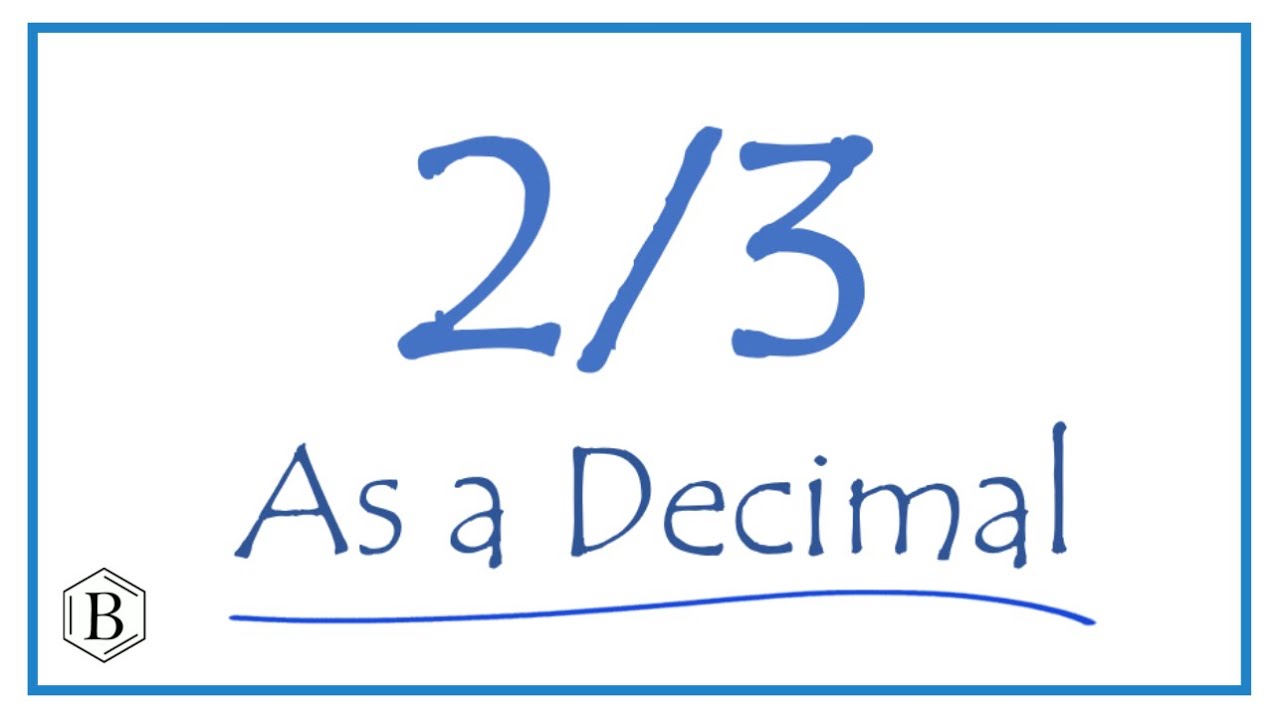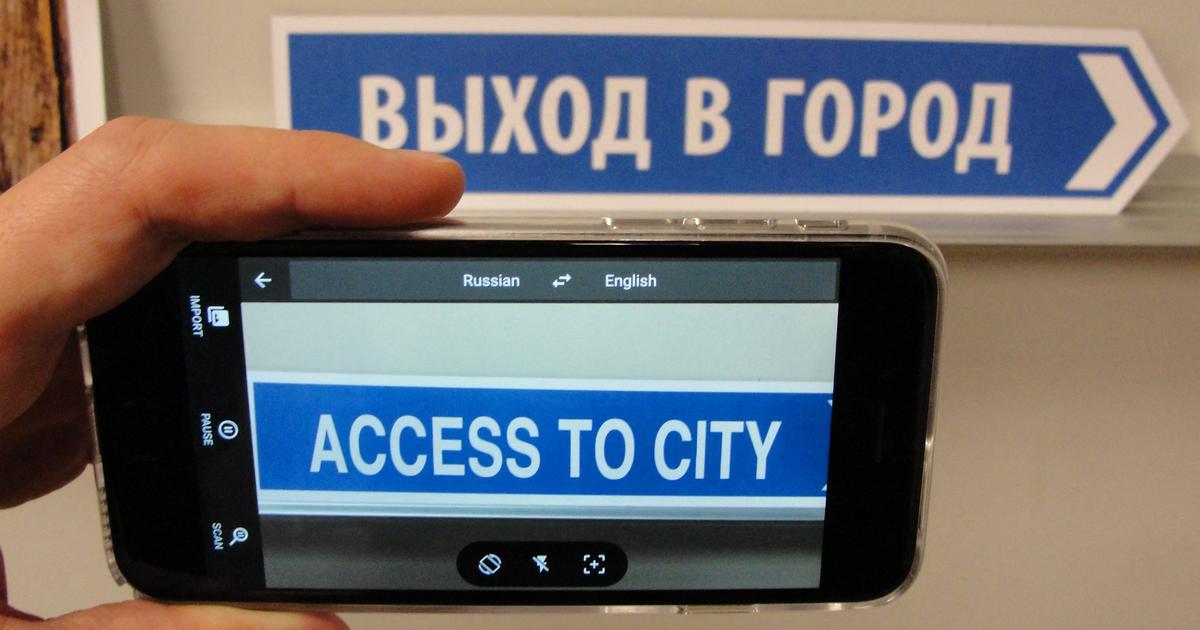Introduction
What is 2/3 as a decimal? Fractions are an indispensable component of mathematics, serving to represent either part of a whole or the relationship between two quantities. One such fraction is 2/3 which refers to two out of a total of three equal parts. Although fractions have their place, decimals often provide greater practicality for real world applications and this blog post will explore how you can convert 2/3 into decimals as well as understand its significance in various situations. So let’s dive in and unravel its decimal representation!
Before we delve into decimal conversion, let’s do a quick refresher on fractions’ fundamentals. A fraction consists of two components: a numerator and denominator; this indicates how many parts there are while its denominator denotes total equality within it – for instance 2/3’s numerator is 2, representing two separate pieces, and its denominator 3, suggesting there are three equal pieces altogether.
Converting 2/3 to Decimal
To convert any fraction to decimals, we need to divide its numerator by its denominator – in the case of 2/3 we divide 2 by 3, thus becoming decimals.
2/3 = 0.666… This calculation yields a decimal representation that begins with 0.666 and continues indefinitely as 6’s are added on top. This repeating decimal, marked by an ellipsis (…), signifies that its contents recur again and again over time.
An overline or vinculum can be used to simplify a repeating decimal such as 2/3 by placing it over the number 6:
2/3 = 0.66
An overline indicates that the number 6 repeats infinitely; whenever encountering a repeating decimal, its overlined digit or group of digits represents its repeating pattern.
Significance and Applications
Understanding the significance of 2/3 in decimal form holds significance across fields like mathematics, science and everyday life. Here are just a few areas where this form plays a vital role:
Mathematics
Decimal representations allow us to efficiently perform mathematical operations. For instance, adding and subtracting fractions are made much simpler when they’re converted to decimals for easy processing and comparison/ordering purposes. Working with decimals also provides greater ease when ordering fractions.
Measuring and Estimation
Decimal form makes measurements and estimations easier. Imagine dividing a pizza into three equal parts and taking two at random from each, where each part represents 1/3 of the pizza; you now have approximately 0.66 of it represented decimally for better estimation and visualisation purposes.
Probability Theory
Decimal fractions are often used to express probabilities in probability theory. For instance, an event with a 2/3 chance of occurring can be expressed using 0.66 as its decimal probability value; this helps calculate odds more efficiently and make informed decisions.
Finance and Business
Decimal form is commonly employed when computing financial calculations. For instance, when calculating interest rates using decimals provides more precise computations. Furthermore, decimals represent percentages accurately in business analysis and decision-making.
Scientific Notation
Decimal notation is key in scientific notation for representing very large or very small numbers accurately, with fraction 2/3 expressed as 0.6666… being one component. Scientific notation simplifies representations with large magnitude or high levels of precision making their use in science and engineering fields much simpler.
Conclusion
Converting 2/3 into decimals provides us with a more familiar and practical representation of its fraction. Its decimal equivalent, 0.666…, represents its endless repetition as an infinite repetition of 6. Understanding decimal representation of fractions like 2/3 can be essential in various areas of mathematics, science, finance and everyday life – it simplifies calculations while aiding estimation, probability calculations and concise expression of large or small numbers. So next time you encounter 2/3 recite its decimal equivalent as 0.666… to appreciate its significance across contexts! So next time encounter 2/3 remember its significance across different contexts! Hope now you know What is 2/3 as a decimal.




